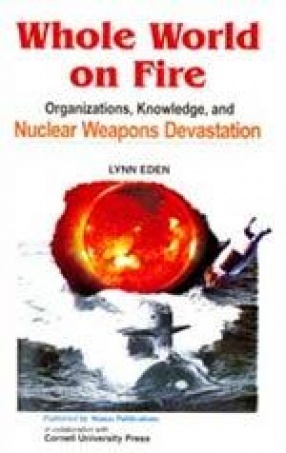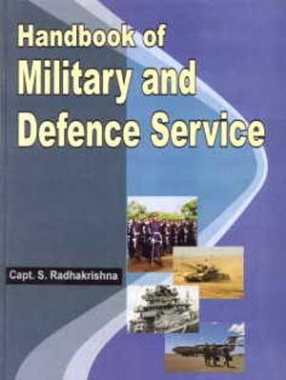Whole World on Fire focuses on technical riddle wrapped in an organizational mystery: How and why, for more than half a century, did the U.S. government fail to predict nuclear fire damage as it drew up plans to fight strategic nuclear war? U.S. bombing in World War II caused massive fire damage to Hiroshima and Nagasaki, but later was plans took account only of damage from blast; they completely ignored damage from atomic firestorms. Recently a small group of researchers has shown that for modern nuclear weapons the destructiveness and lethality of mass fire often – and predictably – greatly exceeds that of blast effects. This has major implications for defence policy: the U.S. government has underestimated the damage caused by nuclear weapons, Lynn Eden finds, and built far more warheads, and far more destructive warheads, than it needed for the Pentagon’s war-planning purposes. How could this have happened? The answer lies in how organizations frame the problems they try to solve. In a narrative grounded in organization theory, science and technology studies, and primary historical sources (including declassified documents and interviews), Eden explains how the U.S. Air Force’s doctrine of precision bombing led to the development of very good predictions of nuclear blast – a significant achievement – but did not advance organizational knowledge about nuclear fire. Expert communities outside the military reinforced this disparity in organizational capability to predict blast damage but not fire damage. Yet some innovation occurred, and predictions of fire damage were nearly incorporated into nuclear war planning in the early 1990s. The author explains how such a dramatic change almost happened, and why it did not. Whole World on Fire shows how well-funded and highly professional organizations, by focusing on what they do well and systematically excluding what they don’t do well, may build a poor representation of the world – a self-reinforcing fallacy that can have serious consequences. In a sweeping conclusion, Eden shows the implications of this analysis for understanding such things as the sinking of the Titanic, the collapse of the Tacoma Narrows Bridge, and the poor fireproofing in the World Trade Center.
Whole World on Fire
In stock
Free & Quick Delivery Worldwide
reviews
Bibliographic information
Title
Whole World on Fire
Author
Edition
1st ed.
Publisher
ISBN
8170492068
Length
xvi+365p., Figures; Tables; Plates; Notes; Index; 26cm.
Subjects





There are no reviews yet.